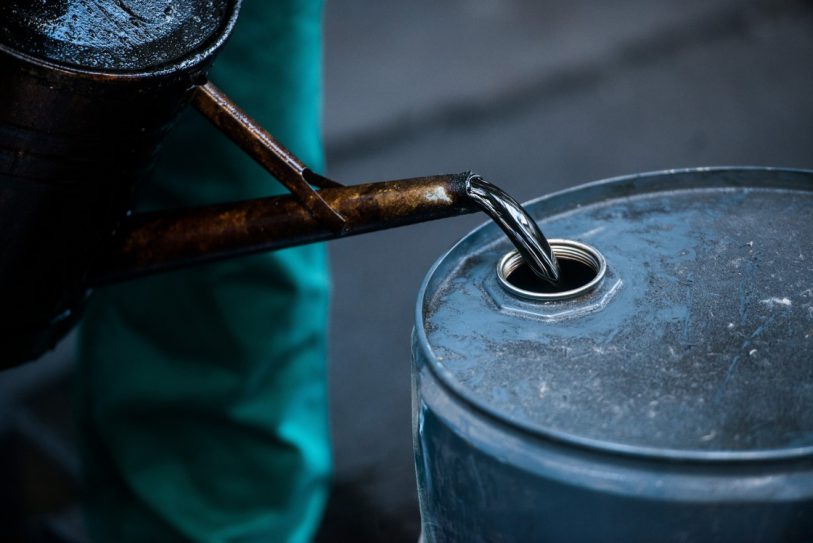Oil jumps on vaccine optimism, US stimulus
Oil prices rose more than $1, supported by optimism over COVID-19 vaccinations, a U.S. stimulus package and growing factory activity in Europe despite restrictions imposed to curb the coronavirus

Oil prices rose more than $1, supported by optimism over COVID-19 vaccinations, a U.S. stimulus package and growing factory activity in Europe despite restrictions imposed to curb the coronavirus.
Brent crude was up $1.08 or 1.7% to $65.50 per barrel by 0959 GMT, and U.S. West Texas Intermediate (WTI) crude jumped $1.04 or 1.7% to $62.54 a barrel.
Both contracts finished February 18% higher.
“The three major supportive factors are the prevalent vaccine rollouts, the optimism about economic growth and the view that the oil balance will get tighter as a result of the first two points,” PVM Oil Associates analyst Tamas Varga said.
Also supporting oil was a $1.9 trillion coronavirus relief package passed by the U.S. House of Representatives on Saturday.
If approved by the Senate, the stimulus package would pay for vaccines and medical supplies and send a new round of emergency financial aid to households and small businesses, which will have a direct impact on energy demand.
The approval of Johnson & Johnson’s COVID-19 shot also buoyed the economic outlook.
Manufacturing data from around the world were mixed.
China’s factory activity growth slipped to a nine-month low in February, but German activity hit its highest level in more than three years, brightening the outlook for Europe’s largest economy.
Euro zone factory activity raced along in February thanks to soaring demand.
The Organization of the Petroleum Exporting Countries (OPEC) and its allies, a group known as OPEC+, will meet on Thursday and could discuss allowing as much as 1.5 million barrels per day of crude back into the market.